
Last updated on July 21st, 2023
Not all electric vehicle (EV) charging is the same – one of the main differences between charging stations is how powerful they are and, in turn, how fast they can charge an EV.
In a nutshell, charging an EV is classed into three levels: Level 1, Level 2, and Level 3.
Generally speaking, the higher the charging level, the higher the power output and the faster it can charge your electric car.
Depending on the type of current that they deliver and the maximum power output they have, charging stations are classed into three levels. Levels 1 and 2 deliver alternating current (AC) to your vehicle and have maximum power outputs between 2.3 kilowatts (kW) and 22 kW respectively.
Level 3 charging feeds direct current (DC) into an EV’s battery and unlocks much greater power, up to 400 kW.
table of contents
Level up your charging knowledge
Electric vehicles (EVs) are more popular today than ever. The number of new EVs sold worldwide exceeded 10 million last year, with many of those being first-time buyers.
One of the most noticeable shifts in adopting electric mobility is the way that we fill up our tanks, or rather, batteries. Unlike the familiar gas station, the places you can charge your electric vehicle are far more diverse, and the time it takes to charge can differ based on the type of charging station you plug into.
This article breaks down the three levels of EV charging and explains the characteristics of each one – including what type of current powers them, their power output, and how long it takes to charge.
What are the different levels of EV charging?
EV charging is divided into three levels: level 1, level 2, and level 3. Generally speaking, the higher the charging level, the higher the power output and the faster it will charge your electric car.
Simple right? However, there are a few more things to consider. Before diving deeper into how each level works, it is important to understand the way EV charging stations are powered.
How are EV charging stations powered?
Without getting too technical, there are two types of electrical currents, and which one is used matters when it comes to EV charging: Alternating Current (AC) and Direct Current (DC).
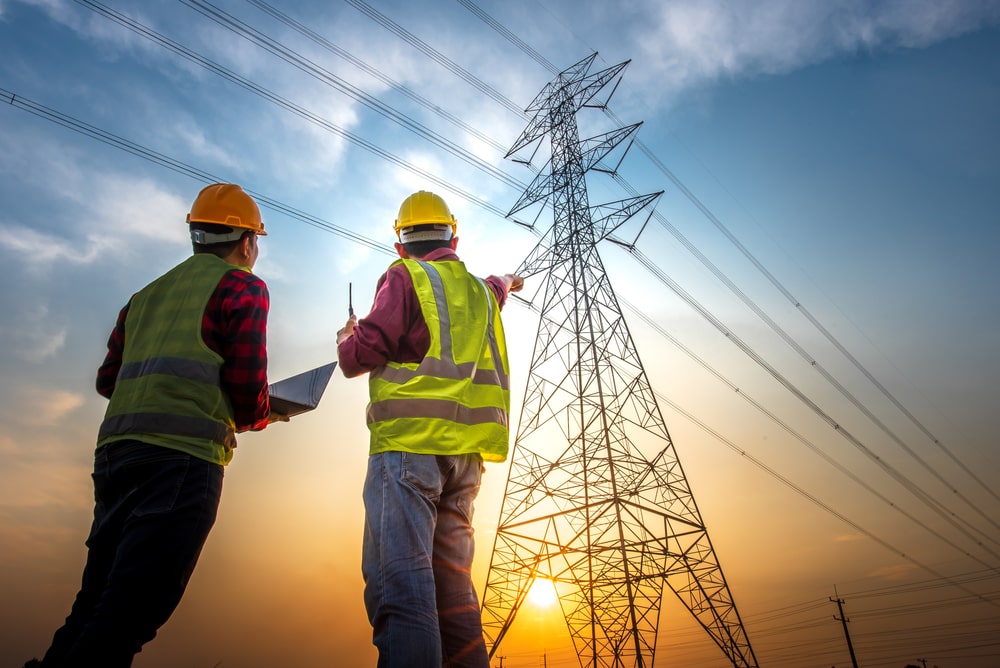
Alternating current vs. direct current
Alternating current (AC)
The electricity that comes from the grid and is accessible through the domestic sockets in your home or office is always AC. This electrical current got its name because of the way it flows. AC changes direction periodically, so the current alternates.
Because AC electricity can be transported over long distances efficiently, it is the global standard we all know and have direct access to.
But that doesn't mean we don't use direct current. Quite the opposite, we use it all the time to power electronics.
Direct current (DC)
The electricity that is stored in batteries or used in the actual power circuitry inside electric devices is direct current. Similar to AC, DC is also named after the way its power flows; DC electricity moves in a straight line and supplies your device with power directly.

So, for reference, when you plug an electric device into your socket, it will always receive an alternating current. However, batteries in electric devices store direct current, so the energy needs to be converted at some point inside your electrical device.
When it comes to power conversion, electric vehicles are no different. The AC power from the grid is converted inside the car by an onboard converter and stored in the battery as DC electricity—where it powers your vehicle from.
Which type of current is used to charge my electric car?
While Level 1 and Level 2 charging converts AC to DC via the vehicle's onboard converter, Level 3 charging supplies the battery with DC power directly. This is because the conversion from AC to DC charging happens outside the vehicle and in the charging station itself. Level 3 charging (also called DC charging or fast charging) cuts out the relatively slow onboard conversion process, allowing it to reach exponentially higher power outputs and faster charging times.
.png?width=1280&name=Understanding%20electricity%20(2).png)
The difference between EV charging levels
Below we will dive into the differences between charging levels, but now that we know the difference between AC and DC and have established that Level 3 is definitely the fastest. You might be wondering: How long does it take to charge an electric car per Level?
Level 1, Level 2, Level 3 average charging time comparison
- Level 1 EV charging: the average time it takes to charge a medium-sized car will be about 19 hours.
- Level 2 charging: The average time it takes to charge a medium-sized electric car lies somewhere between 1 hour and 45 min and 6 hours.
- Level 3 charging: The average time it takes to charge a medium-sized electric car lies somewhere between 17 and 52 min.
What is level 1 charging?
This is the slowest (yet most accessible) way to charge an electric car.
How does Level 1 charging work?
Level 1 charging simply involves plugging the cable that came with your electric vehicle upon purchase into your regular wall outlet. While this allows Level 1 charging to be used nearly anywhere, it also limits its power output to that of your home’s electrical circuit – usually 2.3 kW.
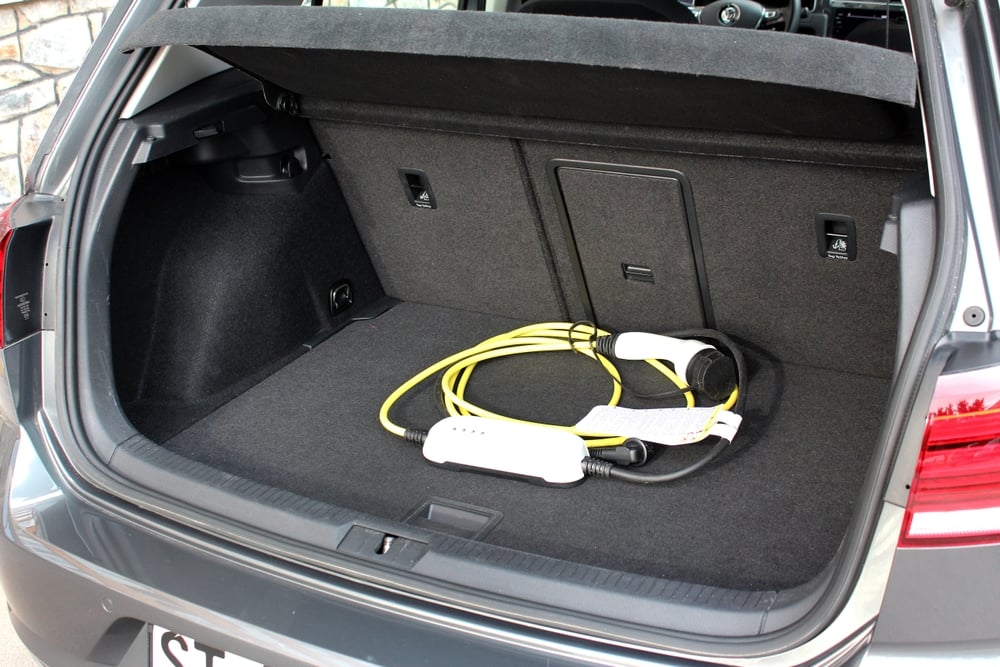
How fast is Level 1 charging?
Although charging times differ per vehicle and are dependent on other factors such as weather conditions, driving style, and the onboard current converter, charging at Level 1 will replenish your EV’s battery with about 4 to 5 miles of range per hour (6 to 8 kilometers).
So, if you’ve driven 100 miles (160 kilometers), it will take you between 20 to 25 hours to recharge your vehicle.
Due to its slow charging speeds and lack of specific protection other than your home’s circuit breakers, Level 1 charging is discouraged for everyday EV charging and is only recommended as a last resort.
What is Level 2 charging?

Level 2 EV charging requires a dedicated charging station and is usually found in public or commercial parking spaces, workplaces, or residential areas. While still using alternating current, these charging stations are considerably faster than Level 1 charging.
How does Level 2 charging work?
Level 2 charging stations are dedicated pieces of hardware wired directly into your home’s electrical circuit by a qualified professional. They offer relatively fast charging speeds and can have a variety of additional smart functionalities.
How fast is a level 2 charger?
Roughly speaking, Level 2 charging is about 5 to 15 times faster than Level 1 charging, depending on the power output and the vehicle you’re charging.
Charging for an hour with a 7.4 kW power output will add about 25 miles (40 kilometers) of range, 11 kW will add 37 miles (60 kilometers) of range, and 22 kW will add up to 75 miles (120 kilometers) of range. These calculations are approximations based on the average battery consumption of 18 kWh per 62 miles (100 kilometers). Actual power consumption depends on the vehicle, battery size, and vehicle conditions.
What is level 3 charging?
Level 3 charging (DC) is significantly faster than Level 2 charging. Depending on the vehicle and charging station’s power output, it can take between 15 minutes to an hour to charge most electric cars—making it quick and easy to charge on the go.
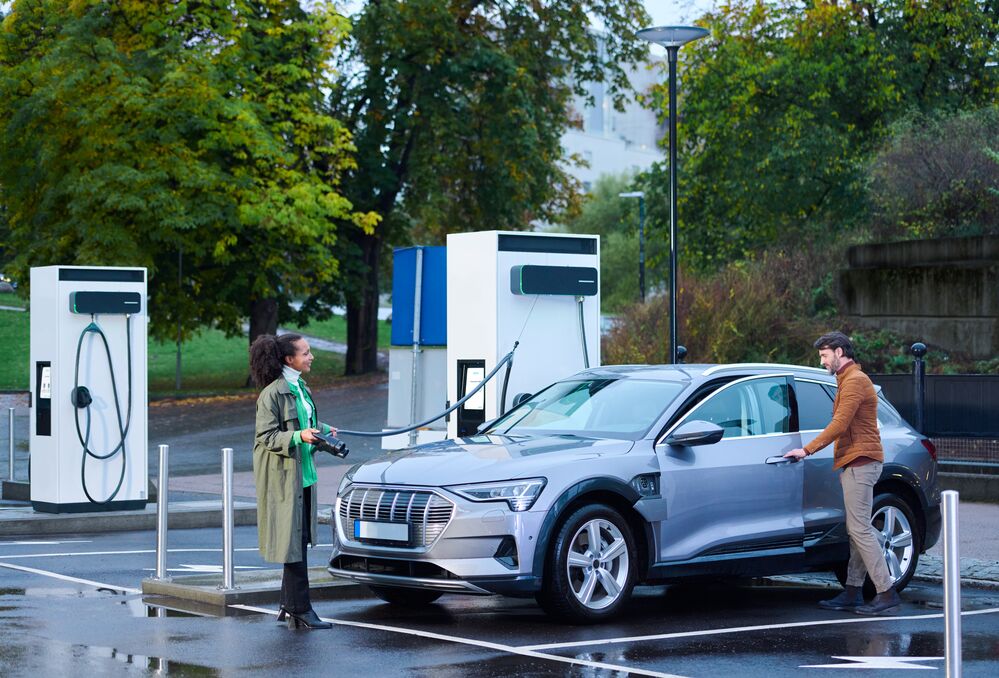
Because the power output needed for Level 3 charging stations is much higher than for Level 2 charging stations, level 3 charging stations are far more suited for commercial businesses like gas stations or service stops. You typically don’t see Level 3 charging stations installed at public parking locations or office spaces.
How does Level 3 EV charging work?
Earlier, we explained that the battery inside an electric car only stores DC energy. So, this means that when using a Level 3 charging station, the conversion from AC (from the grid) to DC happens within the charging station itself.
A Level 3 charging station is typically quite large. This is because it needs to house powerful converters to be able to convert AC power a lot faster than regular onboard converters inside electric cars. Some Level 3 charging stations can deliver up to 400 kW of power, capable of charging up to 100 km in 3 minutes.
Why Level 3 charging flows differently?
These large converters and fast input of power also affect the charging rate. With Level 1 and Level 2 (AC) charging, the amount of power is delivered steadily and represents a flat line. This is because the onboard converter of the EV is relatively small and can only take a certain amount of power at a time.
With Level 3 charging, however, the charging rate quickly peaks before it gradually slows down. This is due to the battery’s ability to accept power, which decreases as it gets closer to full.
To illustrate this, imagine filling up an empty glass with water. When you start pouring water into the glass from a bottle, you allow it to flow quickly, but as you get closer to the top, you start slowing down to prevent the glass from overflowing. Level 3 charging works quite similarly, the empty glass is the battery, and the DC charging station is the bottle filled with water.
This is why electric cars charge much slower once the battery is charged over 80 percent and why the final stretch of charging is always a bit slower.
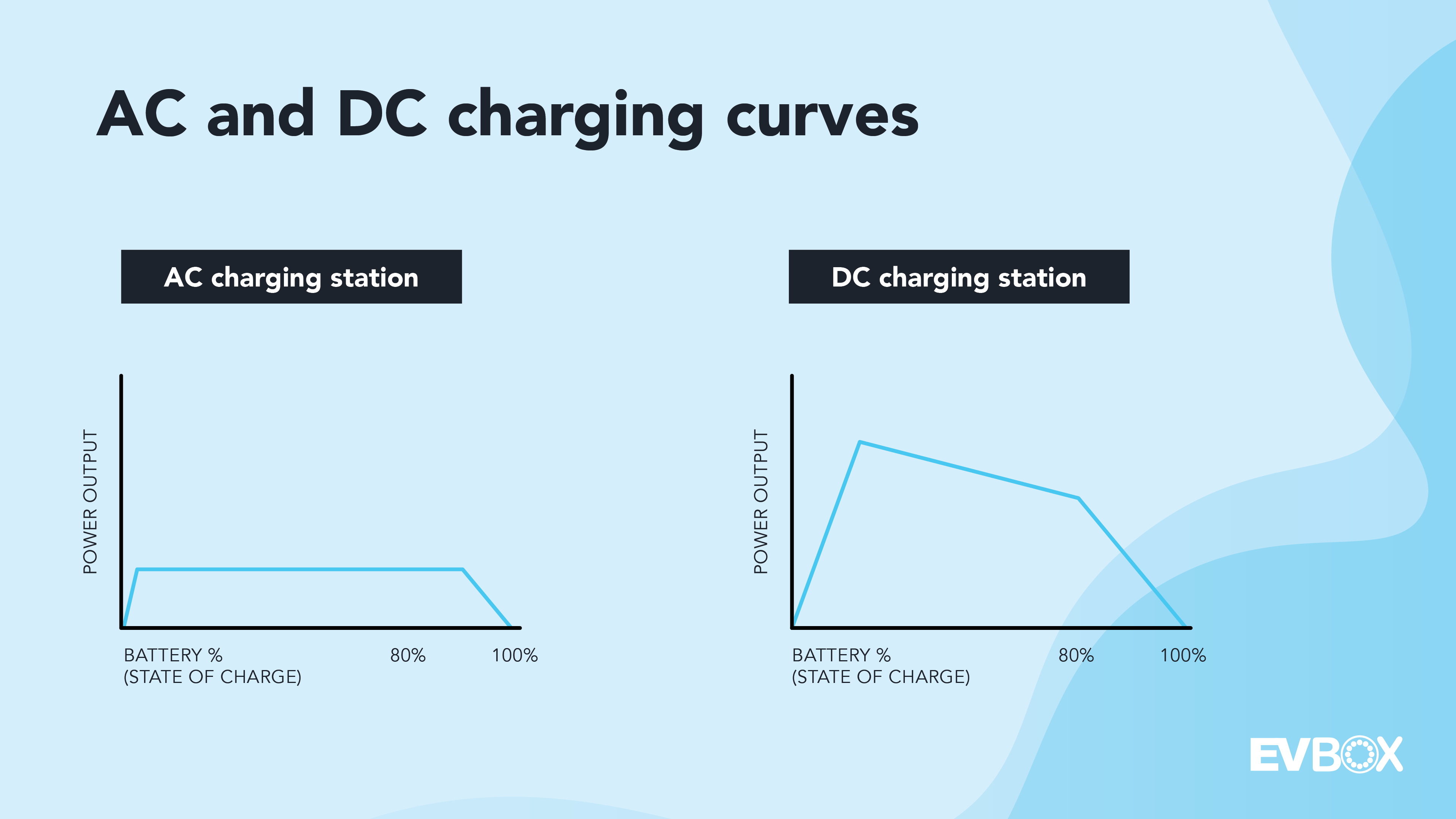
Find out more about EV charging
The differences between Level 1, 2, and 3 charging greatly impact how quickly you can fully charge your EV. Understanding how different charging levels work is important, but there are many other aspects of EV charging to consider that can impact your charging experience.
Have a look at our comprehensive EV charging guide for an overview of everything you need to know about electric car charging, including where and how you can charge, how much EV charging costs, and other factors that affect charging times.
Related articles

Smart Charging for Solar EV Systems: What is possible today?
There are a variety of smart solutions available, capable of optimizing your solar EV charging system in different...

Can solar EV charging save you money?
Charging your EV using household solar panels can indeed save you money on your utility bills. How much money solar EV...
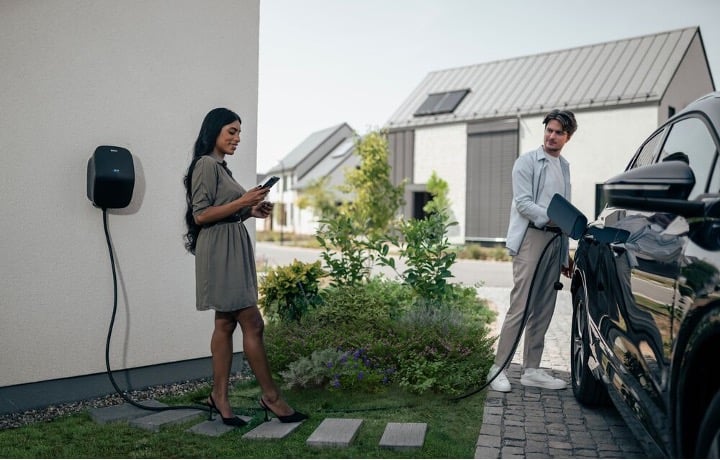
How to optimize your solar set-up for charging electric cars at home
There are several ways EV drivers can optimize a homegrown solar system to ensure their EV recharging needs are met....
